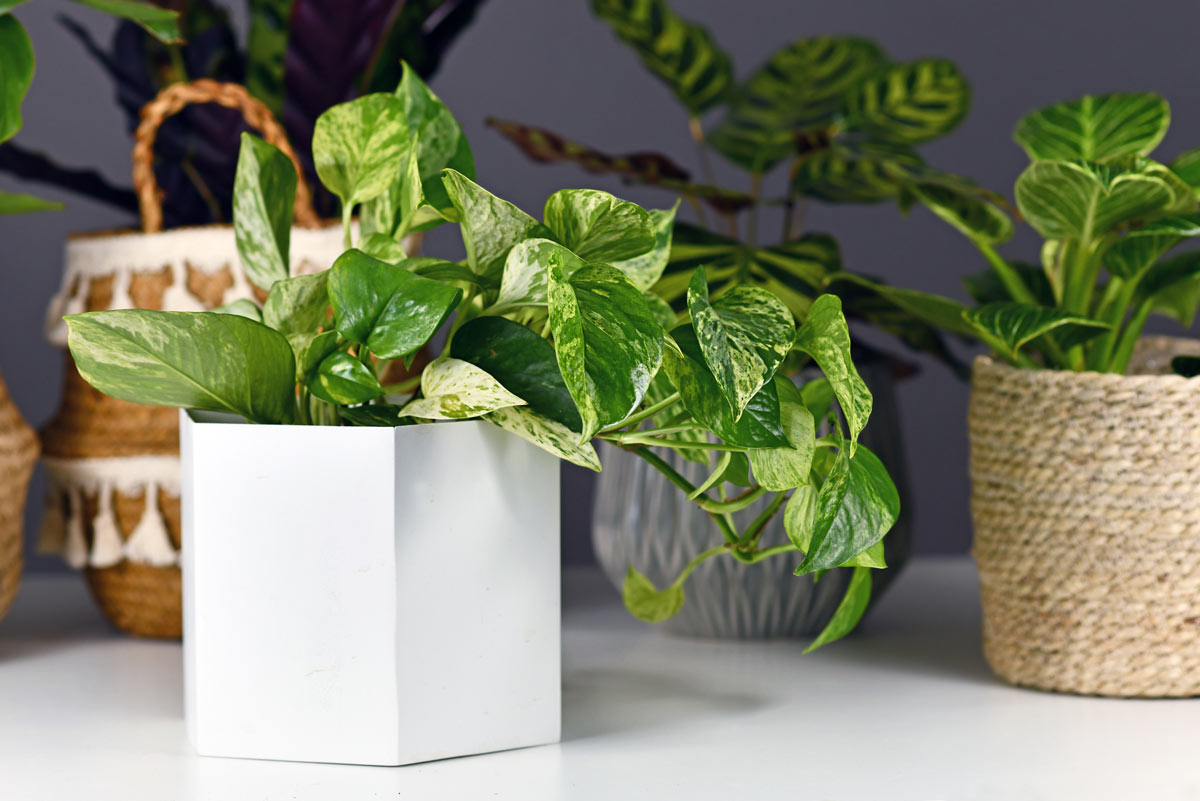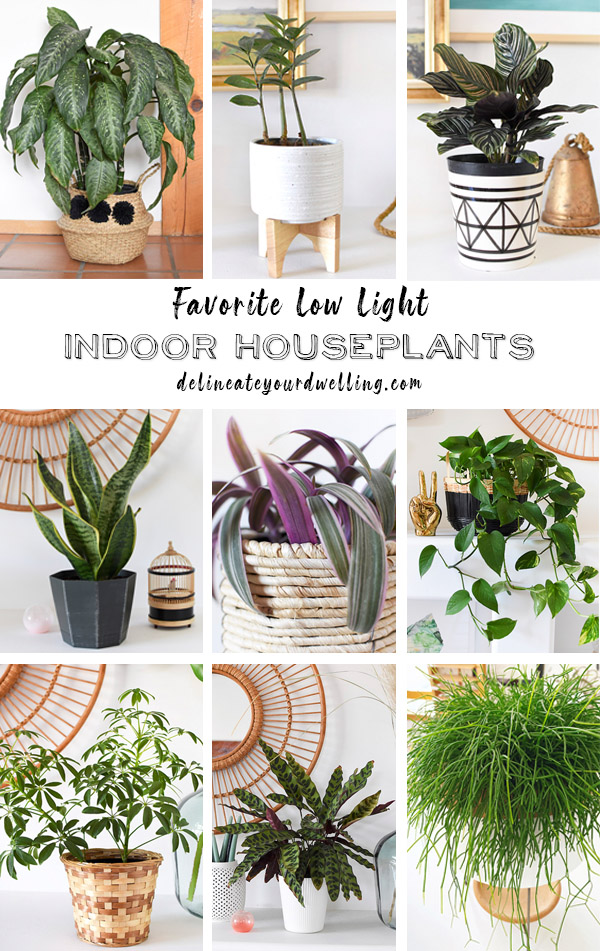Where to Place the Best Low-Light Indoor Plants in Your Home for Maximum Impact
Where to Place the Best Low-Light Indoor Plants in Your Home for Maximum Impact
Blog Article
Transform Your Home With Beautiful Low-Light Indoor Plants and Their Advantages
Integrating low-light interior plants into your home can significantly boost both the aesthetic and ecological top quality of your living spaces. These plants, which flourish in dim conditions, offer not only as ornamental components yet also as natural air purifiers, making them ideal for city dwellers or those with limited sunshine exposure. As we explore the different sorts of low-light plants and their advantages, you might discover unexpected ways to incorporate them into your home that can change your environments in ways you could not have expected.
Advantages of Low-Light Plants
Low-light plants provide countless advantages for interior settings, making them a superb option for both beginner and skilled garden enthusiasts. Among the main benefits is their adaptability to low-light problems, allowing individuals to enhance their living spaces without the demand for substantial sunlight direct exposure. This particular makes them ideal for homes, offices, and various other areas with limited natural light.

Additionally, integrating low-light plants into home décor can elevate the visual allure of a space. Their rich foliage and varied structures develop a soothing ambience, adding to total health. Finally, the presence of plant has been connected to reduced stress degrees and boosted efficiency, making low-light plants a practical selection for improving both physical and psychological health in indoor setups.
Leading Low-Light Indoor Plants
While numerous interior plants grow in brilliant light, a number of species are especially fit for low-light conditions, making them suitable for various indoor spaces. One prominent selection is the Serpent Plant (Sansevieria), known for its striking upright leaves and durability, needing marginal treatment. Another outstanding choice is the Pothos (Epipremnum aureum), which includes heart-shaped fallen leaves and can route wonderfully from racks or wall mounts, thriving in reduced light and adding a lavish touch.
The ZZ Plant (Zamioculcas zamiifolia) is commemorated for its glossy fallen leaves and capacity to withstand overlook, making it best for hectic way of livings. The Peace Lily (Spathiphyllum) not just endures reduced light yet likewise creates sensational white flowers, improving any type of room's aesthetic.
For a special touch, think about the Cast Iron Plant (Aspidistra elatior), which certainly measures up to its name, flourishing in the darkest corners of your home. Last but not least, the Chinese Evergreen (Aglaonema) supplies a range of fallen leave patterns and shades while being remarkably forgiving in low-light problems. These plants not just beautify interior atmospheres but additionally add to air purification, boosting your living area.
Care Tips for Low-Light Plants

Sprinkling methods are important; these plants typically prefer somewhat completely dry conditions. Overwatering can bring about root rot, so guarantee that the top inch of dirt check these guys out is dry before sprinkling again. Use pots with water drainage openings to allow excess wetness to escape.
Humidity is an additional essential variable. Lots of low-light plants, such as ferns and tranquility lilies, take advantage of greater moisture levels. To enhance moisture, think about misting the fallen leaves or placing a tray of water near the plants.
Fertilization needs to be come close to with caution. Throughout the expanding season, make use of a weakened, well balanced fluid plant food monthly to support growth, however prevent fertilizing throughout the dormant cold weather.

Imaginative Ways to Present Plants
Interior plants can function as captivating focal factors in any space, improving both aesthetic appeal and ambiance. Imaginative display screens can boost the aesthetic influence of low-light plants, making them an essential part of your home style. One reliable approach is to make use of tiered plant stands, which permit you to display several plants at varying heights while making the most of floor area.
Hanging planters are one more innovative option, creating a feeling of deepness and drawing the eye upward. Consider macramé wall mounts or wall-mounted racks to present an one-of-a-kind structure and why not try these out style.
For a more organized strategy, usage geometric terrariums or glass containers to house your plants, adding a modern touch to your interior garden. You can also repurpose classic products, such as teacups or wooden pet crates, for a diverse screen that reflects your character.
Enhancing Home Atmosphere With Plants
Incorporating low-light plants right into your home not only boosts aesthetic appeal yet also adds significantly to the general atmosphere. These plants work as all-natural design elements, presenting a feeling of serenity that can transform any type of room. The visibility of greenery promotes a relaxing ambience, which is particularly advantageous in high-stress settings such as office or living areas.
Low-light plants, such as snake plants, pothos, and ZZ plants, are not only aesthetically pleasing yet also boost indoor air high quality by filtering system pollutants. This twin feature enhances the atmosphere further, producing a much healthier living area (Best low-light indoor plants). The strategic placement of these plants can also affect the assumption of space; for example, high plants can draw the eye up, making ceilings show up higher and spaces extra spacious
Additionally, differing textures and colors of vegetation add deepness to interior decoration, enabling creative expression in home designing. Whether positioned on shelves, in corners, or as focal points, low-light plants can boost the state of mind of any kind of space. In summary, incorporating these plants into your home is an efficient method to cultivate a cozy, welcoming ambience while profiting of enhanced air high quality and visual flexibility.
Verdict
Including low-light interior plants into home settings supplies countless advantages, including boosted visual appeal and boosted air high quality. These resilient plants, such as the Snake Plant and Peace Lily, call for very little light and upkeep, making them suitable for varied lifestyles.
While several interior plants prosper in bright light, numerous species are specifically well-suited for low-light problems, making them suitable for various indoor spaces. One reliable method is to utilize tiered plant stands, which allow you to display numerous plants at browse around this site differing elevations while taking full advantage of flooring area.
Low-light plants, such as serpent plants, pothos, and ZZ plants, are not only cosmetically pleasing however also enhance interior air quality by filtering system toxins. Best low-light indoor plants. The calculated positioning of these plants can additionally influence the assumption of space; for instance, high plants can attract the eye upward, making ceilings appear greater and rooms much more sizable
These resilient plants, such as the Snake Plant and Tranquility Lily, call for marginal light and upkeep, making them suitable for diverse way of livings.
Report this page